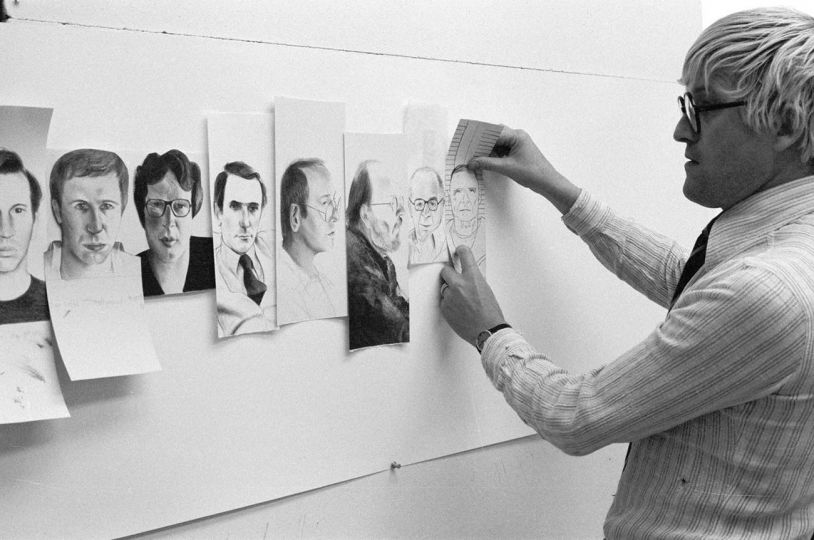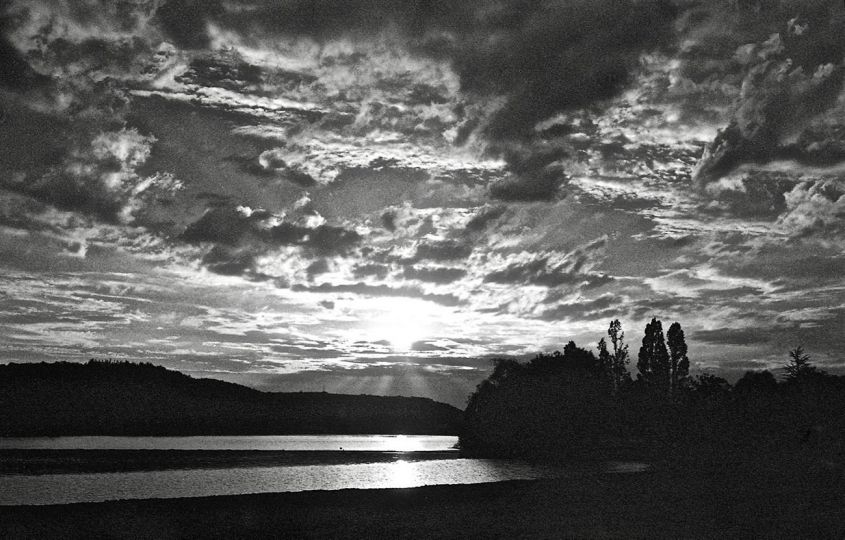The inaugural issue of The Colour Journal, a planned multi-volume series devoted to six different colours, is dedicated to the hue that did not register in western arts until the 12th century. It is not that some inexplicable psychogeographical glitch affected perceptions of cloudless skies but rather, in the absence of blue vegetables or fruit, there was a practical difficulty in making the colour. Ancient Egyptians were able to use the semi-precious stone lapis lazuli but it was rare and costly and only in medieval times and the cultivation of woad, with its colouring agent indigotin, did a blue dye become more readily available.
The Blue Issue of The Colour Journal begins with art history and the elevation of the colour in western painting – think of Giotto’s frescoes in Padua – and its emblematic status when picturing the Virgin Mary. Spearheading a completely new use of the colour, Anna Atkins, a Victorian botanist and scientific illustrator, used the camera-less cyanotype process to produce an intense blue paper for making impressions of plants: the result was the world’s first photo book, published in 1843.
The Algerian oasis of Biskra was a favourite holiday spot for affluent Europeans when it was a French possession; Matisse’s visit there in 1906 led to his Blue Nude: Souvenir of Biskra. A century later, David Abrahams made his own visit and the selection of more than twenty of his photographs in this book, of landscapes and town scenes, makes a stark contrast between modern Algeria and the primitivized, sexualized image that emerged from Matisse’s visit to the country. The artist’s distortions of the female form divorce it from both the classical tradition of painting nude women and orientalism but to what extent it maintains a colonizing image of woman as a sexual object is open to debate.
After a section on Édouard Adam, the paint supplier from Montparnasse who helped Yves Klein discover the formula for International Klein Blue (IKB), there is an illustrated essay about Helena Almeida’s disagreement with Klein about his use of women. Her response, deploying blue paint across black and white photographs in which she also appears, sees a conjoining of photography and painting that more generally is a enjoyable characteristic of the The Blue Issue and one that presumably will be followed in future volumes of Alep’s series. It makes a very attractive, comfortable-to-handle paperback of well over 400 pages, a large-format publication granting space and size to a variety of images. The Californian blue of David Hockney’s A Bigger Spash takes its due place alongside a lengthy section in the middle of the book devoted to the generation of photographers who redefined representations of American landscapes with images in black and white of road signage, parking lots and suburban homes: Henry Wessel, Grant Mudford, Robert Adams, Mark Swope and others. The significance of their work when first shown in a 1975 exhibition, The New Topographies: Photographs of a Man-Altered Landscape, was not felt but it would lead to a restaging of the show in 2009: ‘At first they’re really stark nothing, but then you really look at them and it’s just the way things are’, said a viewer in 1975 when surprised to find his own truck in one of Adam’s photographs.
Quirky observations have a pleasing presence in this book, as with Charles Fréger’s photographs of the influence of the colour on workplace uniforms, said to be a legacy of Protestant reformers in 16th-century Europe imposing blue as the colour of morality, and an essay by David Campany looking at the role of denim in documentary photographers like Dorothea Lange and Lee Russell; noting how denim is ‘as much flexible myth as durable fabric’, its blueness managing to assert itself even though their pictures are in black and white.
The Blue Issue is erudite and scholarly but at the same time a desirable book to turn the pages of because of the way it goes beyond a literal comprehension of the colour under scrutiny and, in the words of its the editor Benjamin Grillon ‘fight the dictatorship of immediacy’.
Sean Sheehan
















